Stormwater - why it's important to choose permeable surfaces for paths & driveways
As cities expand into the green space around them, naturally permeable landscapes are replaced with buildings, roads and parking lots. This inhibits the natural water-filtering process that happens when micro-organisms in the soil break down toxins, and instead of replenishing aquifers with clean water, contaminated stormwater is directed towards sewers and waterways.
There are many results that may come from this - waterways can be contaminated with road pollution and debris; ground water is depleted, and overburdened stormwater systems can lead to the flooding of streets and basements.

Treatment facilities that cannot handle the volume often have little option but to dump polluted stormwater and even raw sewage into waterways; aka your drinking water.
In some cases, because there are so few unpaved surfaces to absorb rainwater, the soil below cities has become so dehydrated that the city itself starts to sink. This can damage city infrastructure as well as present a greater flood risk for cities along the coast and even inland cities with water ways that are prone to flooding.
We know many coastal cities are already at risk of flooding due to rising sea levels and increased storm surges; obviously this is made much worse if such a city is dropping at the same time. And the numbers are more significant that most would imagine. During the recent California drought, depleting ground water from over-pumping caused one city to sink 13 inches in just eight months.
Buildings and landscapes that are designed to manage precipitation onsite help relieve the burden put on stormwater systems and act to reduce the erosion of streams and rivers. Along with being a sustainable undertaking that benefits a city and the world at large, there are direct benefits realized by occupants of such buildings.
Green roofs retain much of the water that falls on them.
A green roof (specifically flat ones) can add green space to an otherwise bland concrete landscape, whether that is a commercial building where occupants now have green space on site, or a home where you suddenly have space to grow food.
When the volume of water maxes out the storage capacity of a green roof, overflow can be directed towards drywells, ponds or towards a rainwater catchment system giving you a supply of water for outdoor use that may come in handy during watering moratoriums that we are increasingly seeing in dense urban areas.

Creating landscapes with permeable surfaces and proper swales to direct water to desired areas can enhance your property as well as help prevent flooding. It is very easy for individual homeowners to manage their own stormwater onsite, and this should not be seen as a burden but rather an opportunity. Allowing water to penetrate the hard surfaces of your property offers trees the ability to hydrate naturally without needing to be watered.
Due to the long term systemic mismanagement of water supplies in Canada and many parts of the USA, we are now in the early stages of a completely unnecessary water crisis, but this can be slowly turned around.
What is falling on all of our roofs could be handled much differently, and to everyone's benefit and cost savings. With a little foresight and planning, the next watering moratorium could have little to no effect on you keeping a lush property and garden. For greater detail on sustainable urban landscapes, check out some of the following pages:
Now you know about rainwater management, find more pages about about sustainable green building in the Ecohome Building Guide and in these pages :
Sign up and learn all about the benefits of a free Ecohome Network Membership here! |



















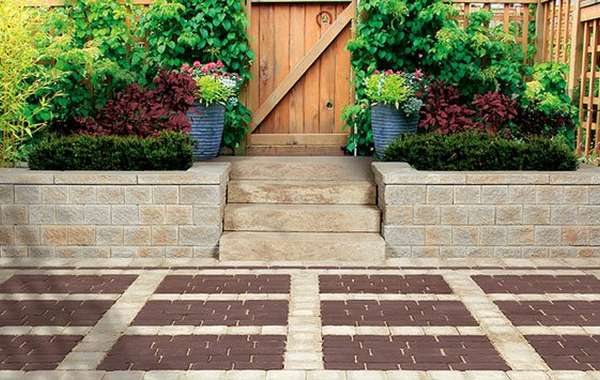
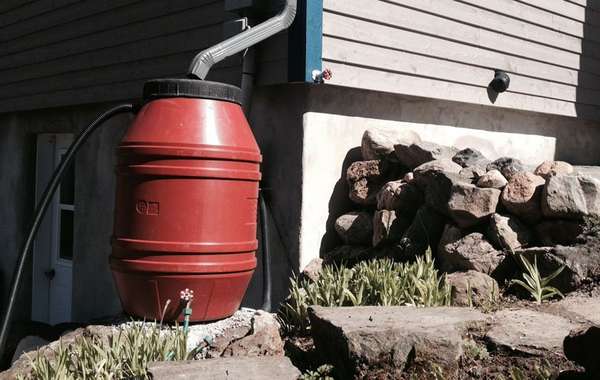
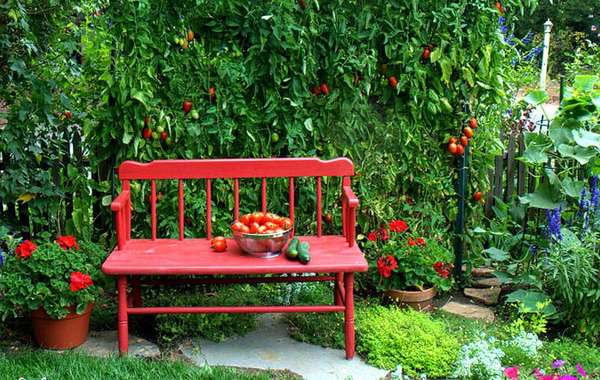
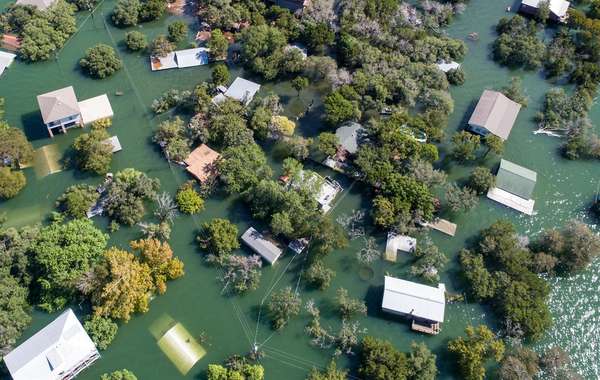
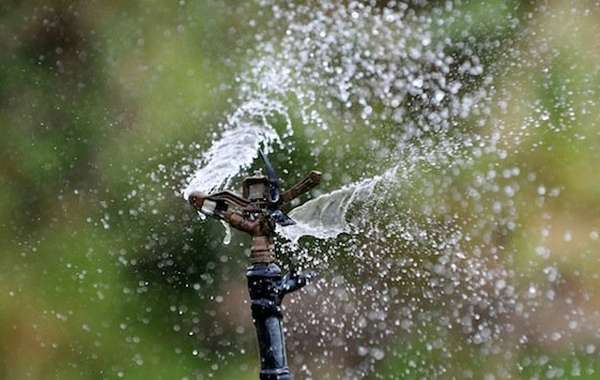
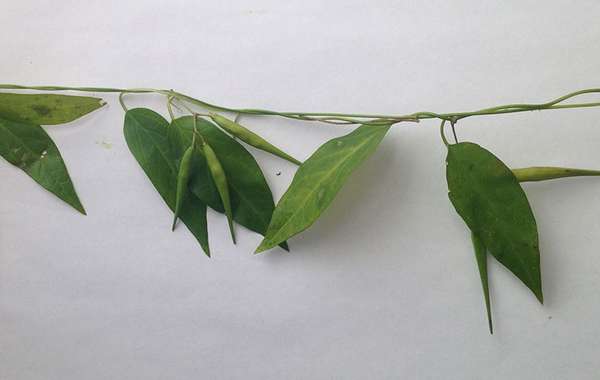
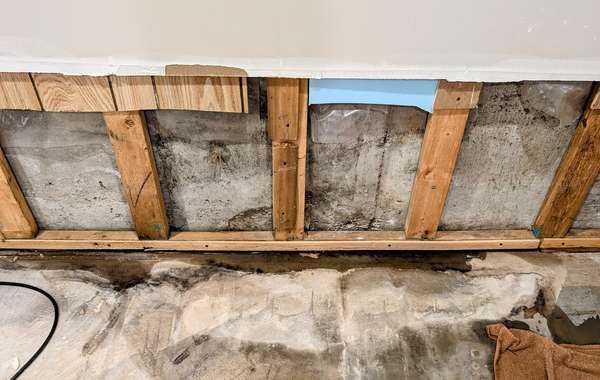


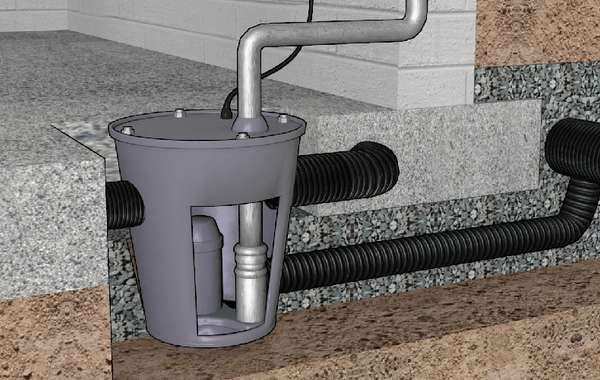
Hi EcoHome network. Thank you for putting together such an inspiring and informative resource. We supply green roof materials here at Core and would love to connect with others working to make sustainable development the norm.